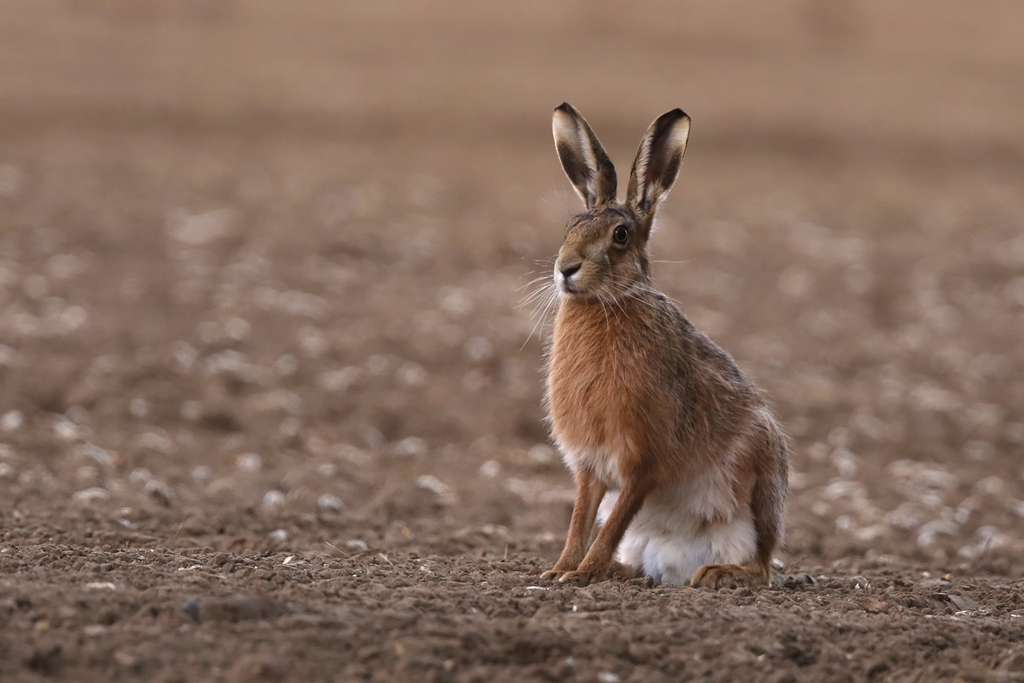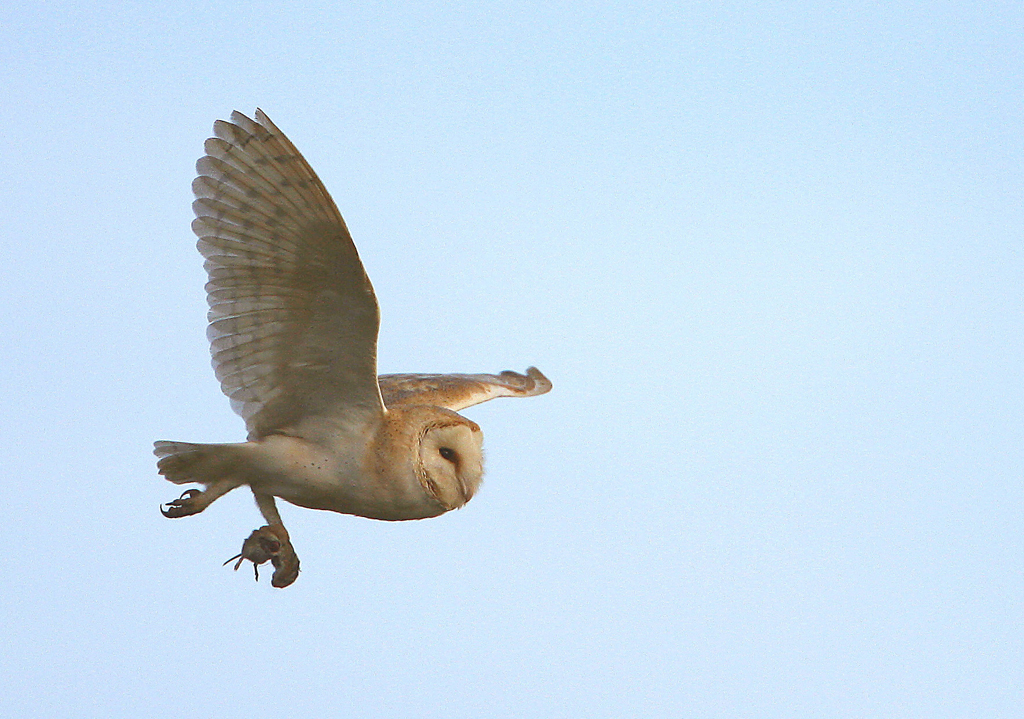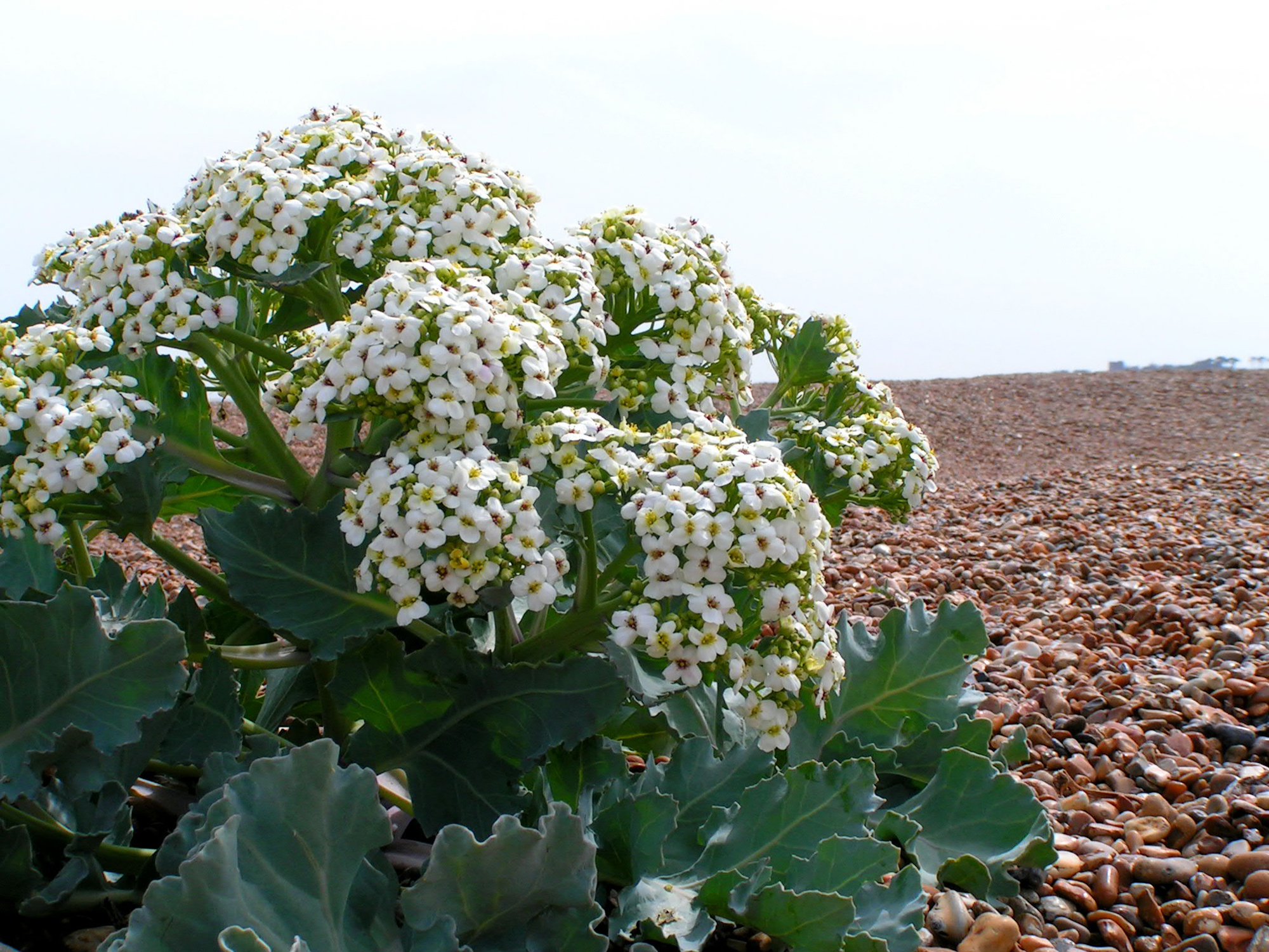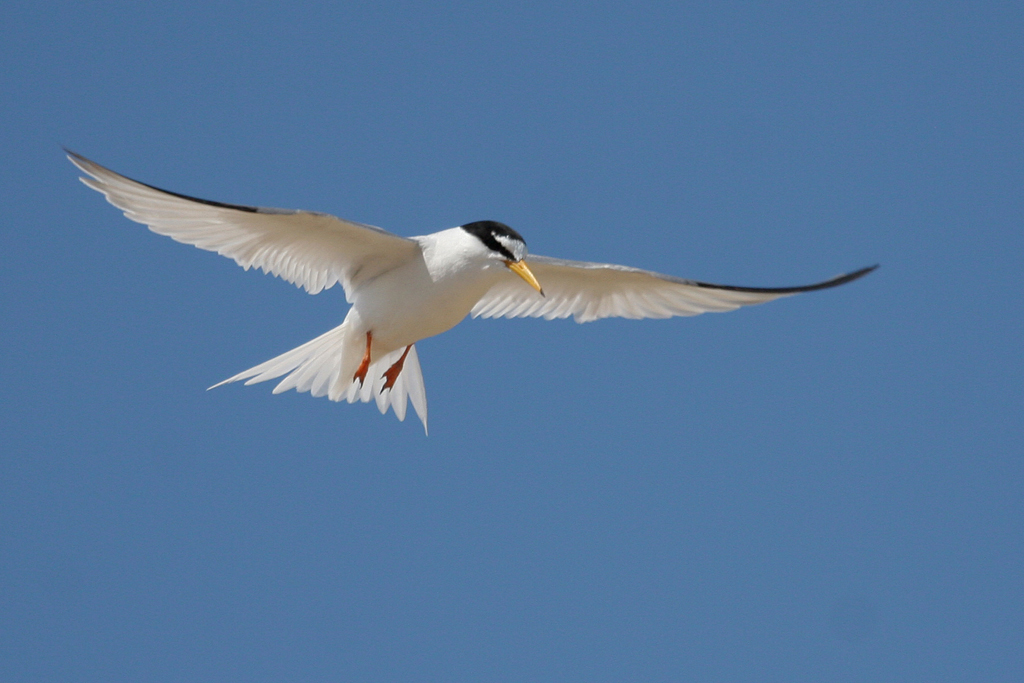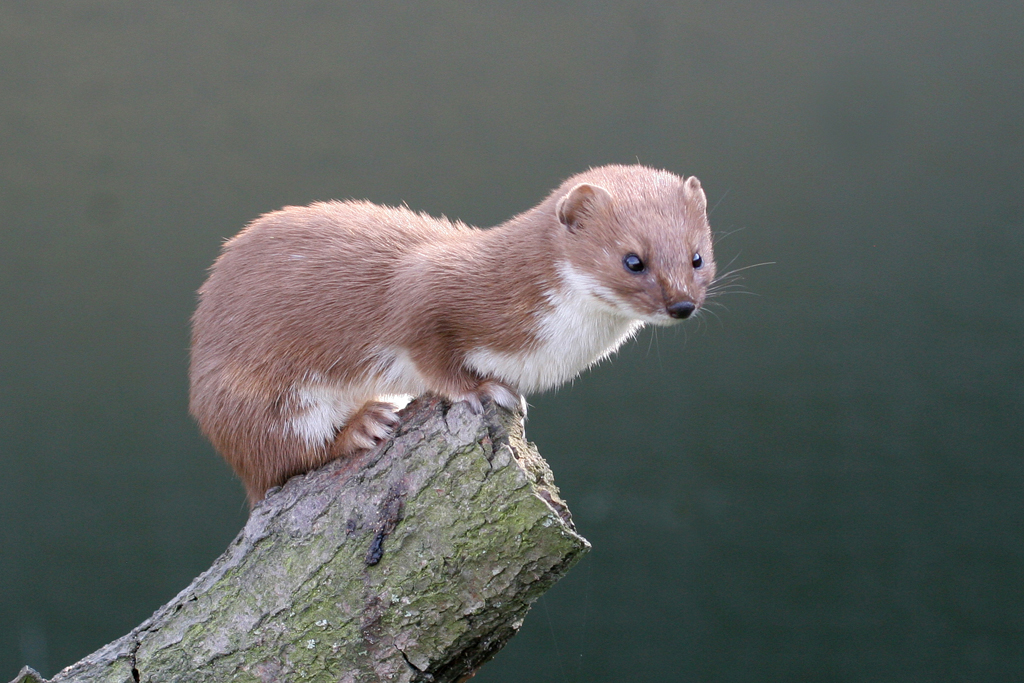If asked about their favourite bird songs most people might plump for the skylark, the nightingale, the blackbird or the song thrush. But you could make a strong case for the curlew too. The name is onomatopoeic, of course, referring to its call, a clear liquid curlee, delivered with a rising inflection on the second syllable like a cursive flourish in signing off its name. The call is thrilling enough, especially when a whole flock of them takes off from the marshes in winter chorusing in unison, but the fulll song arouses an even higher level of emotional intensity. It’s a long rippling trill, choreographed in a slow descending ‘air dance’ with the wings held open and raised above the head as if in exultation. It’s a song that has moved poets to almost spiritual responses. Robert Burns wrote, ‘I never heard the solitary whistle of curlews on a summer noon without feeling an elevation of soul’; while
Ted Hughes rhapsodised, ‘Curlews in April hang their harps over the misty valleys…a wet footed god of the horizons.’ They even get a mention in one of our oldest poems, the Anglo-Saxon Seafarer, ‘I take my gladness in the… sound of the curlew instead of the laughter of men’.
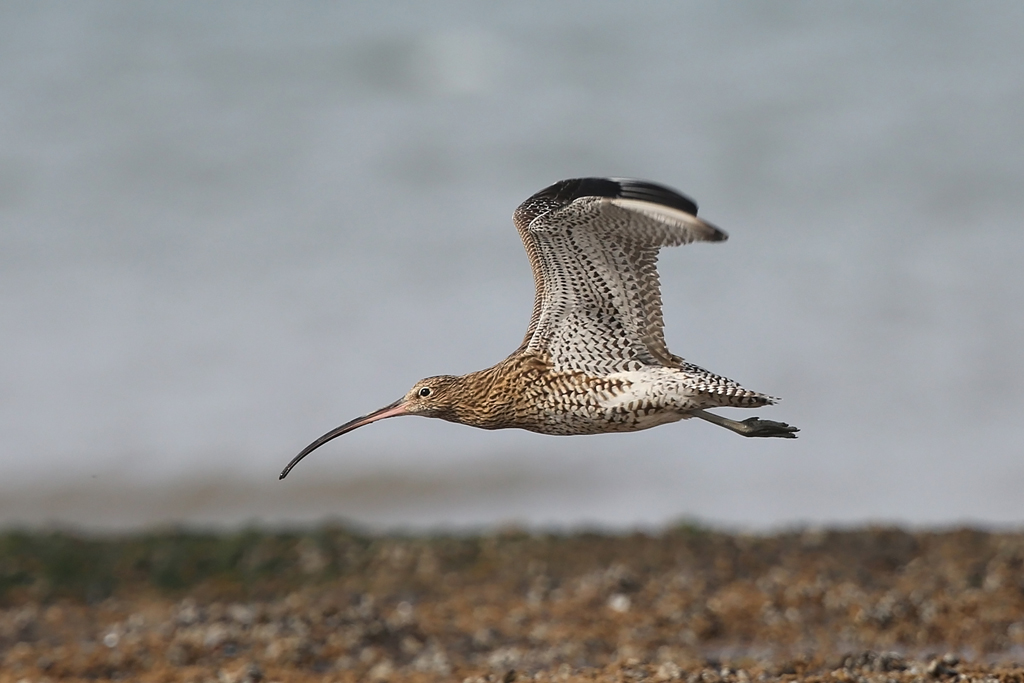
It’s hard to hear this song in East Anglia now, though just a few pairs are still holding out in the Brecks. You have to go to the main breeding grounds on the moors and rough pastures of northern England, Wales and Scotland, where the lonely landscapes render the song even more wild and wonderful. We still get large wintering populations of birds on our coastal marshes and estuaries, however, escaping colder temperatures in northern Europe. They are the largest of our wading birds, the females larger than the males, and they are easily identifiable not only by their voices but by the obvious physical feature of that long decurved bill. The full scientific name of the curlew is Numenius arquata and the first part of that, the generic name, means ‘shaped like the new moon’; while the second part, the specific name, just in case you hadn’t got the point, means ‘bent like a bow’. So this is the ‘new moon’ bird, an image almost as lovely as the song.
Even in their strongholds in the uplands and bogs the number of breeding curlews in Britain and Ireland is declining fast, however – from changes in land use, drainage and reforestation schemes, and predation. They have been put on the Red List of endangered species and there is an admirable charity advocating for their support (Curlew Action – check it out).
Jeremy Mynott
7 February 2015




